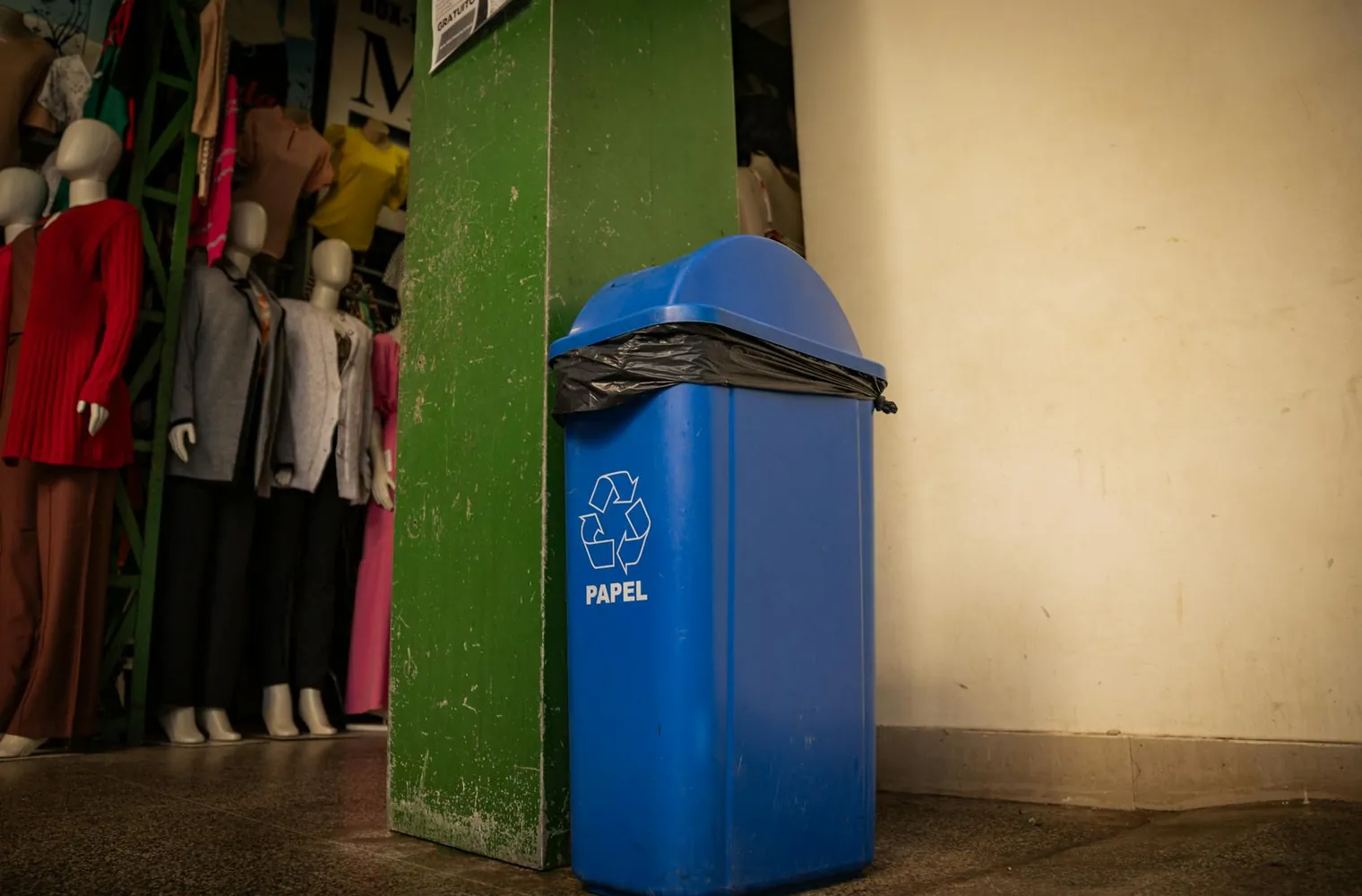Fashion Forward: How Waste Conversion is Shaping Sustainable Style

The Rise of Sustainable Fashion
The fashion industry has long been criticized for its environmental impact. However, a growing number of innovative brands are challenging the status quo by turning waste into fashion treasures. These brands are not just recycling; they are reimagining what can be done with the materials that were once destined for landfills. The transformation of waste into wearable art has not only opened new doors for sustainability but has also set a precedent for future practices in the fashion world.
Revolutionary Brands Leading the Charge
Several brands stand out for their commitment to sustainability and innovation in converting waste into fashion-forward products. Let’s take a closer look at how these companies are setting new standards in the industry.
1. Rothy's: Turning Plastic into Plush
Rothy's, a brand famous for its chic footwear, uses recycled plastic bottles to create its signature products. The process begins with collecting post-consumer plastic waste, which is then cleaned, sterilized, and converted into pellets. These pellets are transformed into yarn through a unique 3D knitting process, minimizing waste significantly. The result is durable, comfortable shoes that contribute to reducing the plastic burden on our planet.
Impact: Since its inception, Rothy’s has repurposed over 100 million plastic bottles, proving that fashion can indeed be both stylish and sustainable.
2. Patagonia: From Fishing Nets to Fashion
Patagonia has long been a leader in sustainable fashion, consistently seeking ways to minimize its environmental footprint. One of their noteworthy initiatives involves using discarded fishing nets to produce nylon yarn for their clothing line. The abandoned nets, sourced mainly from fishing communities worldwide, are regenerated into high-quality nylon fibers, which are then used in various Patagonia garments.
Impact: This initiative not only reduces ocean waste but also provides a source of income for communities engaged in collecting these nets, creating a holistic approach to sustainability.
3. Eileen Fisher: Circular by Design
Eileen Fisher is redefining the concept of ‘waste’ through their Renew program. Customers are encouraged to return old garments in exchange for store credit. These returned items are either resold or transformed into entirely new pieces through creative upcycling processes. The brand also invests in techniques like felting, where shredded textile waste is reassembled into new fabrics.
Impact: Eileen Fisher's approach not only reduces textile waste but also extends the lifecycle of garments, reinforcing the importance of a circular economy in fashion.
Upcycling: The Art of Creative Reuse
Upcycling has become a cornerstone in the journey towards sustainable fashion. Unlike recycling, which often downgrades material quality, upcycling enhances it, providing designers with limitless possibilities to experiment and innovate.
The Process of Upcycling
- Material Sourcing: Designers source materials such as offcuts, unsold stock, or vintage clothing.
- Design and Innovation: Creatives explore unconventional designs and techniques to transform these materials into unique fashion pieces.
- Manufacturing: Small-scale, often local production ensures each item is crafted with care and precision.
This process not only saves resources but also promotes uniqueness, as each piece tells a story through its material history and craftsmanship.
The Environmental Impact
Converting waste into fashion significantly reduces environmental harm. By reusing existing materials, the industry can curb the demand for virgin resources, decrease water usage, and reduce greenhouse gas emissions associated with manufacturing processes.
A Quantitative Perspective
The Global Fashion Agenda reports that increasing the use of recycled textile materials by just 1% globally could save up to 13 million tons of CO2 emissions per year. Additionally, using recycled polyester instead of virgin polyester can reduce energy consumption by up to 45% during production.
Practical Tips for Consumers
As consumers, we play an integral role in promoting sustainable fashion practices. Here are some practical steps you can take to support waste conversion initiatives:
- Choose Wisely: Opt for brands known for their commitment to sustainability and ethical practices.
- Repair Before Replace: Consider mending clothes rather than discarding them at the first sign of wear.
- Resale and Donate: Resell or donate clothes you no longer wear instead of throwing them away.
- Support Upcycled Products: Look for unique items made from upcycled materials as part of your wardrobe choices.
The Future of Fashion: Challenges and Opportunities
The path to sustainable fashion through waste conversion is promising but not without challenges. Scaling up these practices requires technological advancements and systemic changes in production methodologies. Collaboration between brands, suppliers, and consumers will be crucial in creating a more sustainable future.
Pioneering Technologies
Innovative technologies such as chemical recycling, which breaks down synthetic fibers for reuse at a molecular level, hold great potential for revolutionizing waste conversion processes. However, investment in research and development is needed to make these solutions economically viable on a larger scale.
Cultural Shift
A cultural shift towards valuing sustainability over fast fashion is essential. Education campaigns can help consumers understand the environmental impacts of their clothing choices and encourage more thoughtful purchasing decisions.
Conclusion
The conversion of waste into fashion statements signifies a new era where creativity meets responsibility. As brands continue to innovate and consumers increasingly prioritize sustainable options, the fashion industry is set to become a beacon of environmental stewardship and innovation. By embracing waste conversion as a pillar of design, we not only enhance our wardrobes but also contribute positively to the planet’s health.